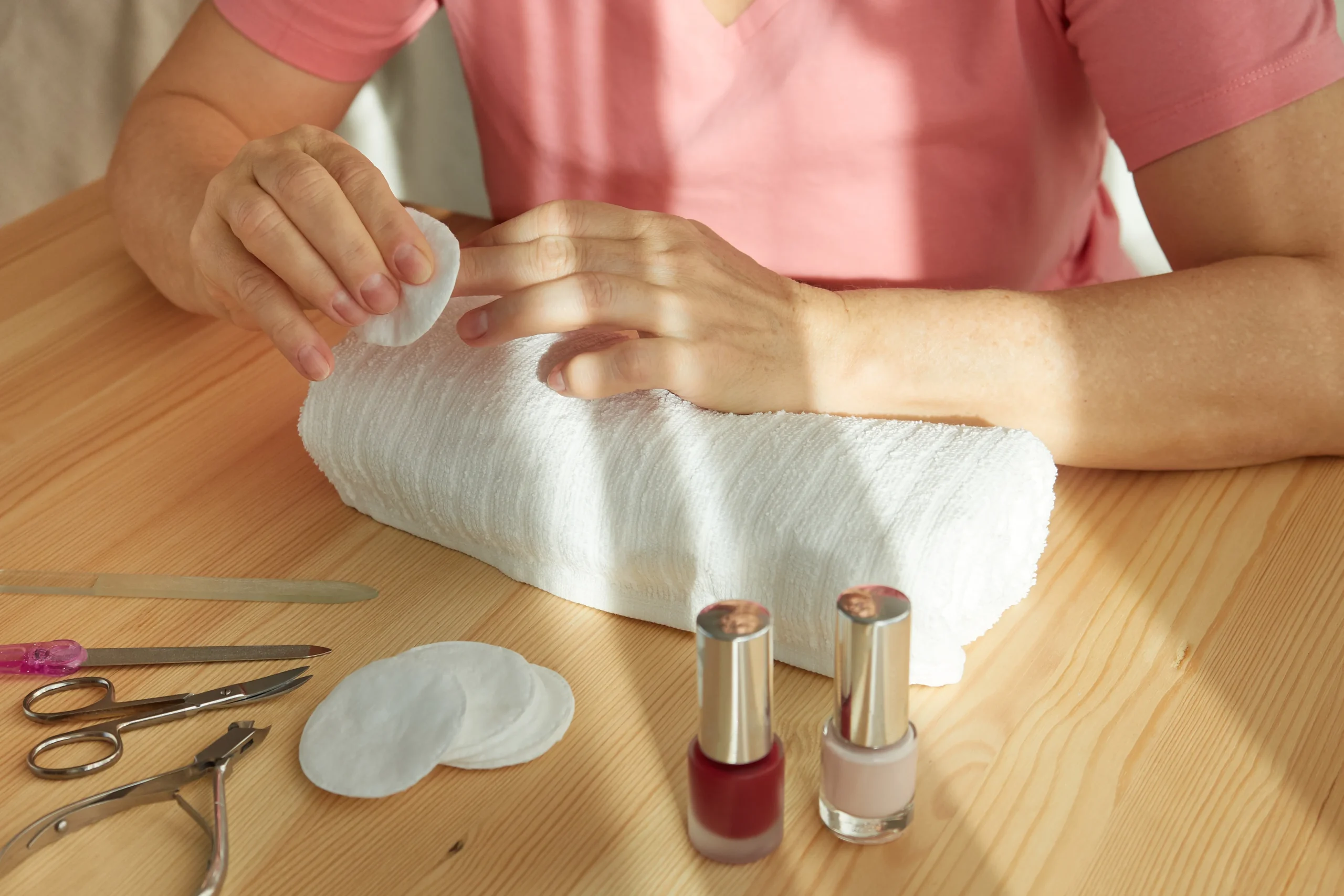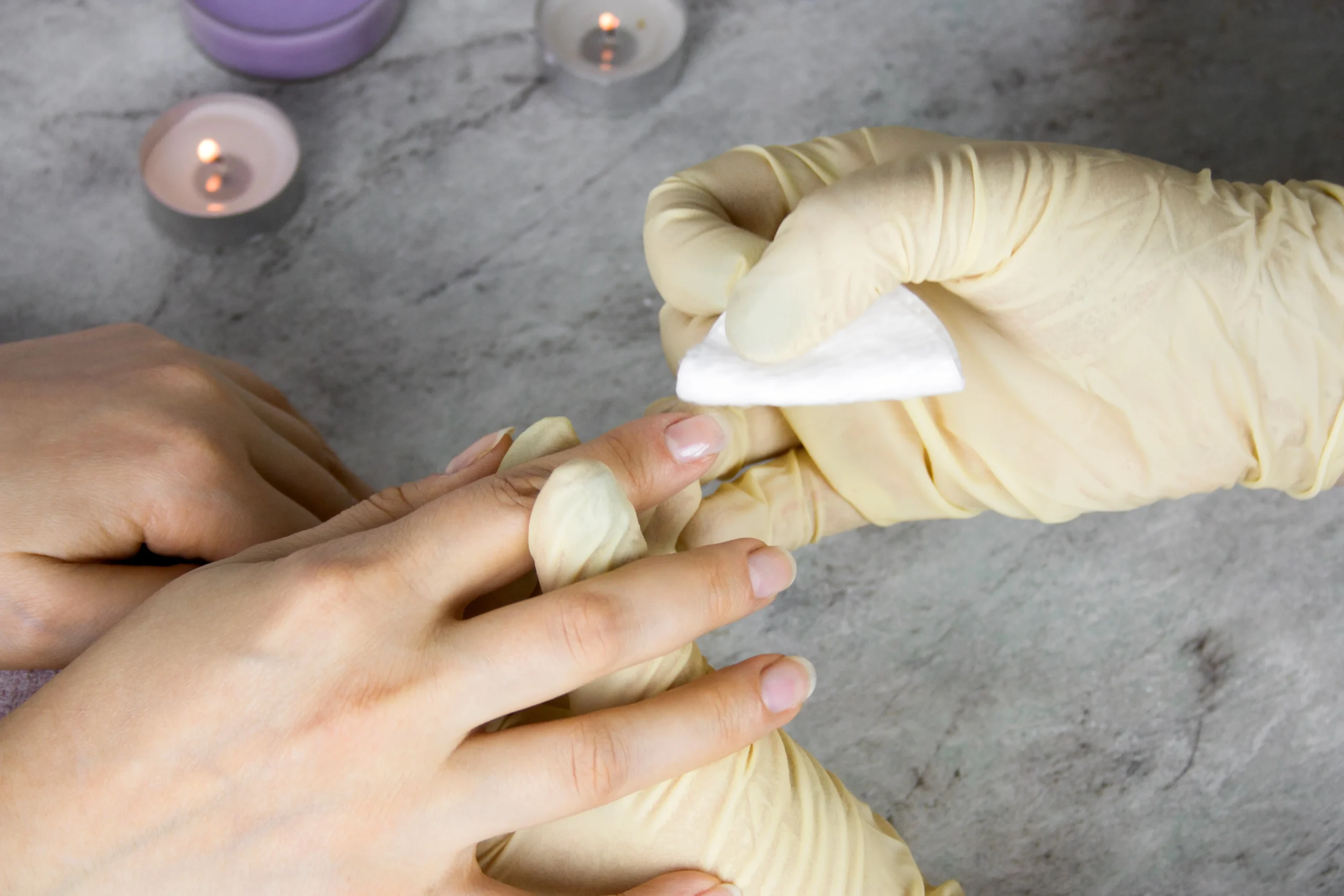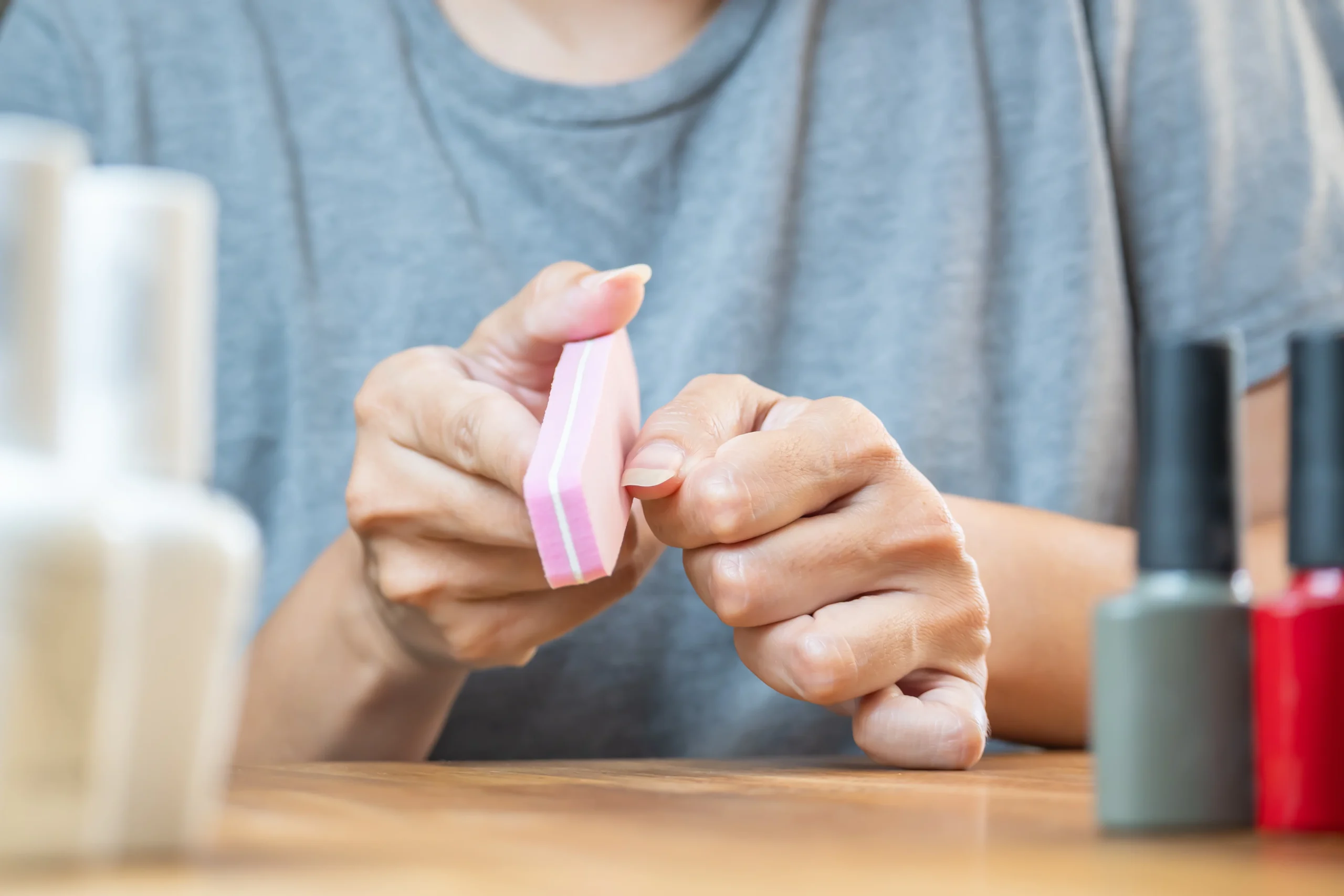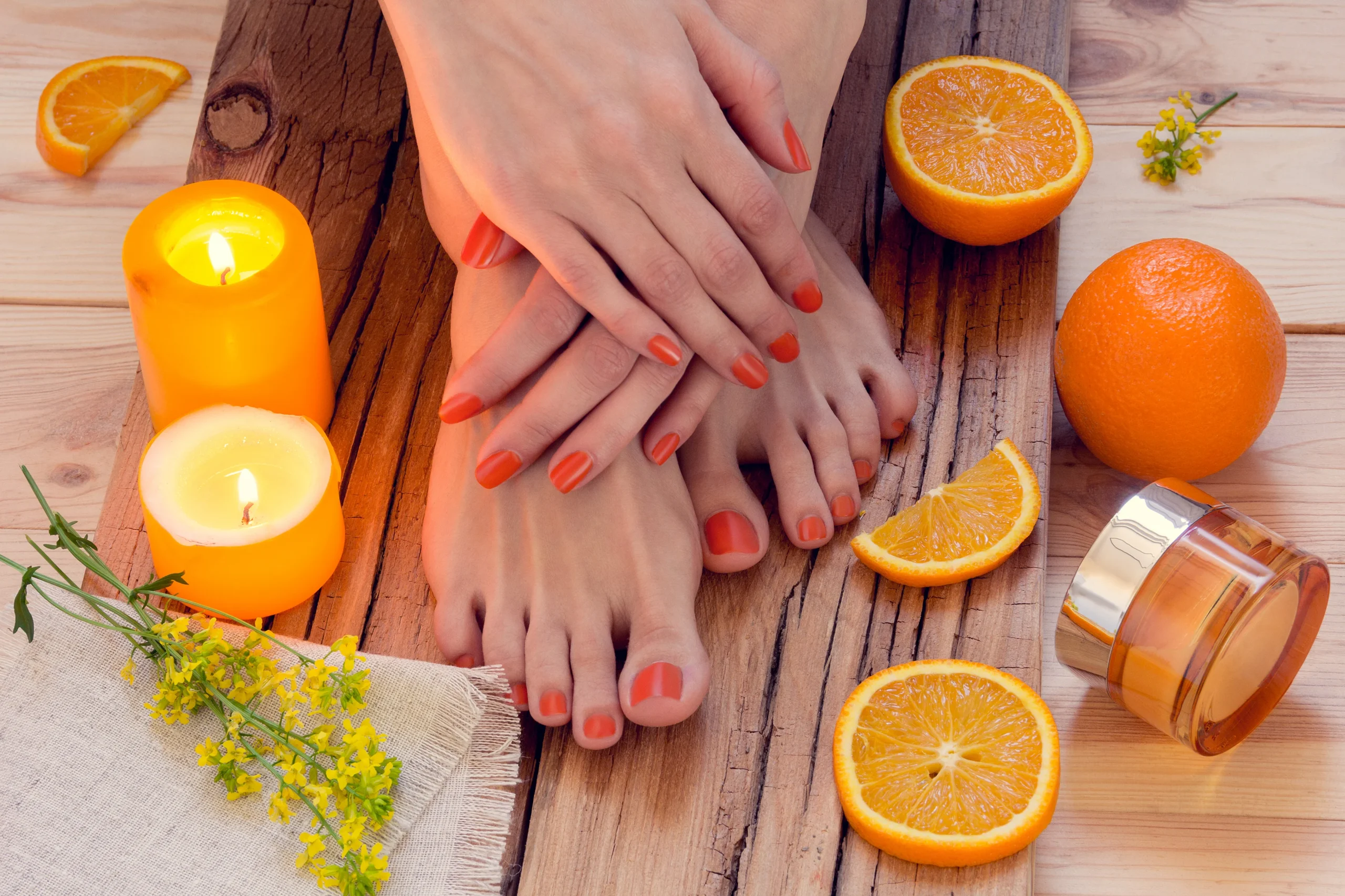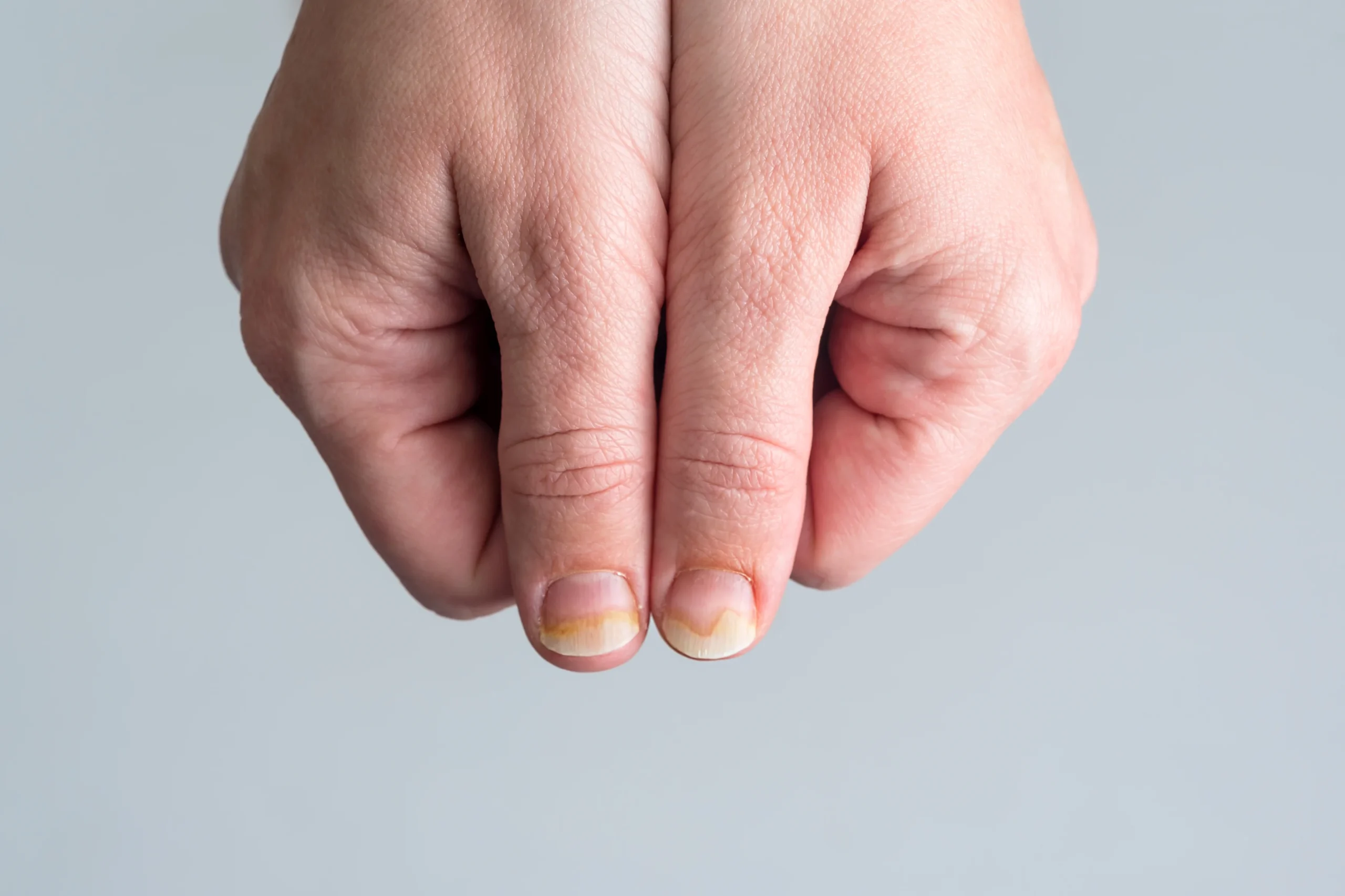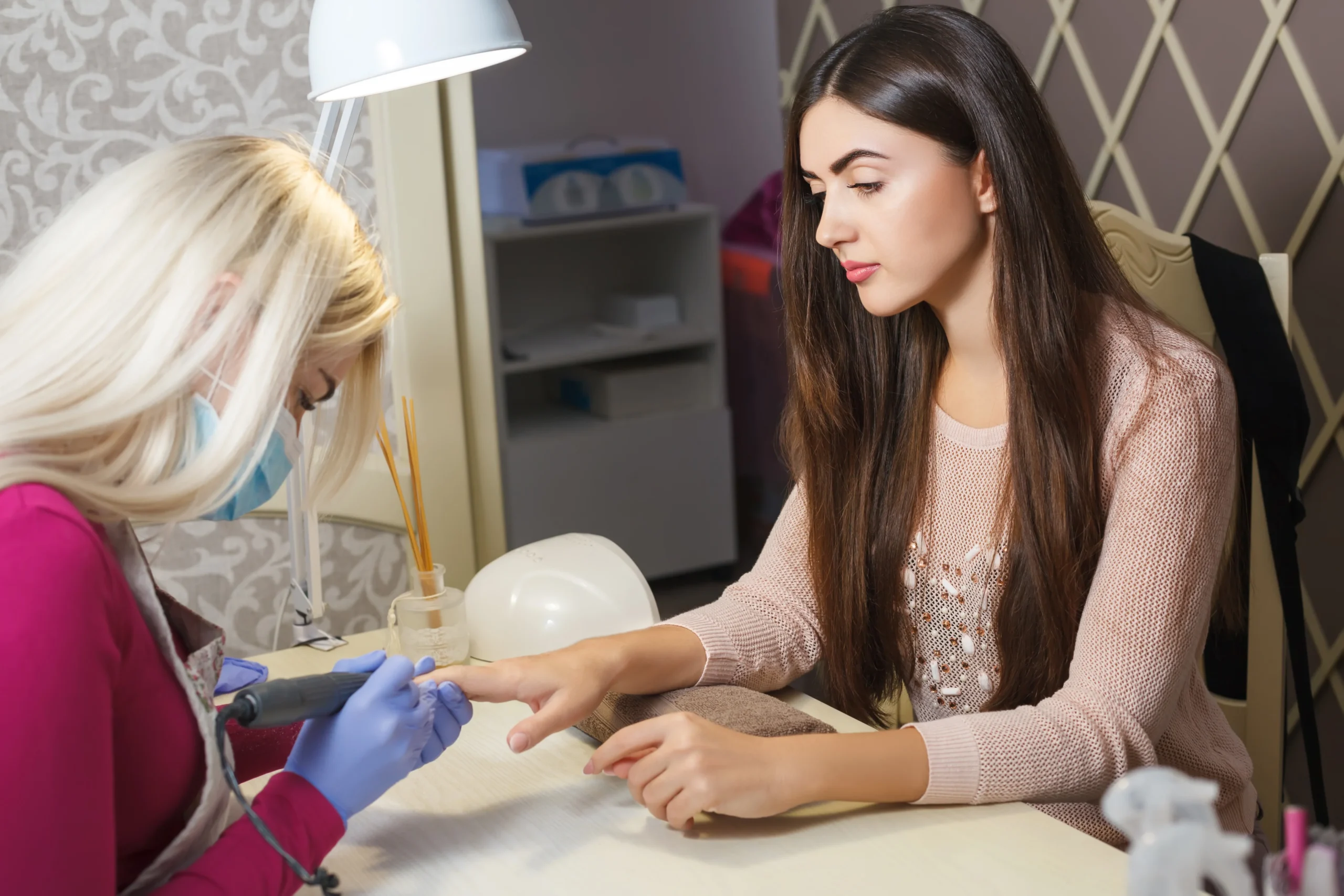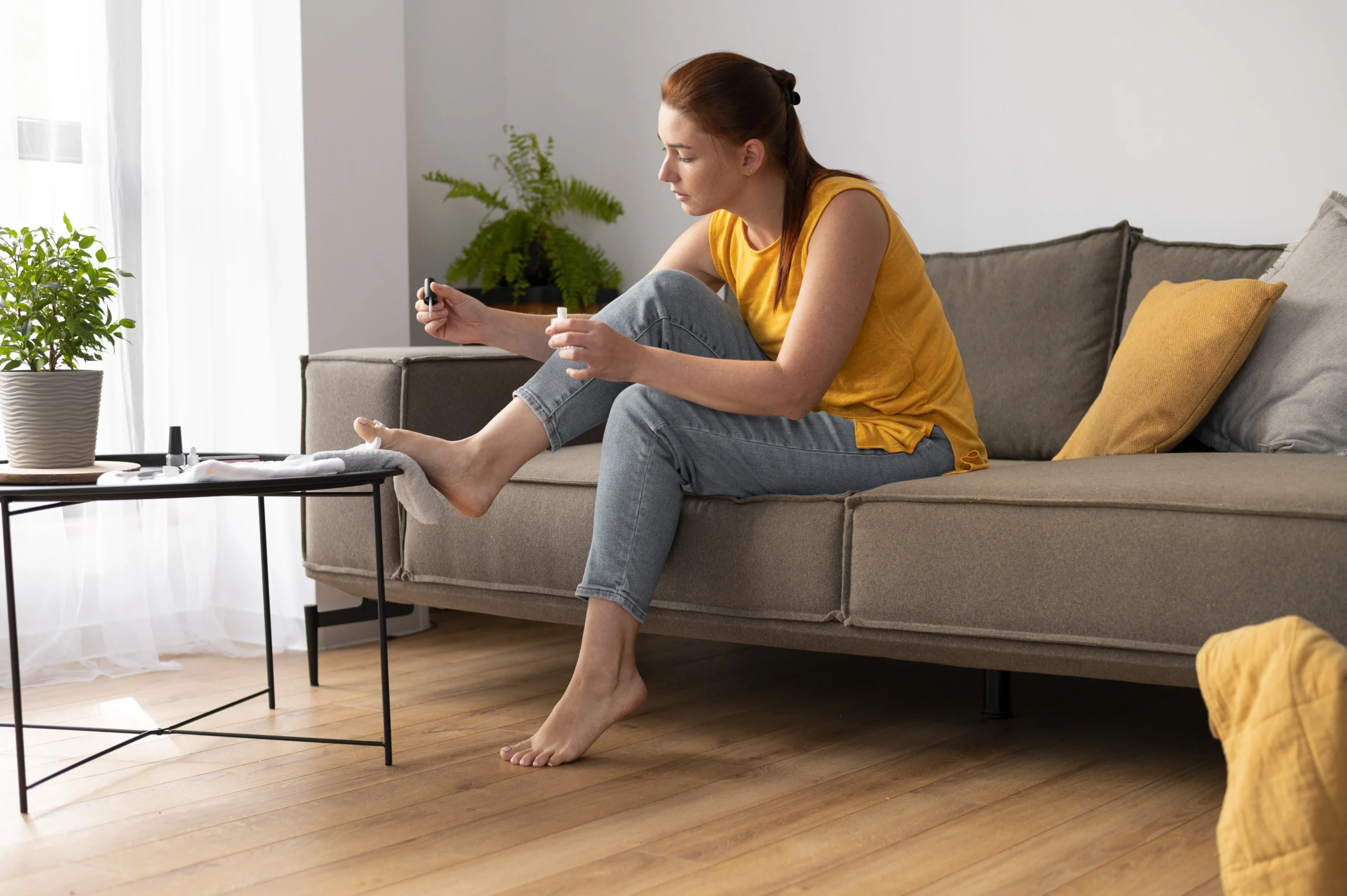Why Are Many People Now Removing Gel Nail Polish Without Acetone?
How to remove gel nail polish at home without acetone- this question is now one of beauty lovers’ most popular search topics. People avoid harmful chemicals like acetone as self-care trends shift towards health and sustainability. Although acetone is a highly effective solvent, it strips your nails of their natural oils. Causing them to become dry, brittle, and weak. But imagine if you could get the same clean and perfect results, but in a completely natural way, without any strong odors?
In this guide, we’ll share how to remove gel nail polish without acetone in a powerful, safe, and easy way. Suppose you want to avoid acetone due to skin sensitivity, allergies, or a healthy lifestyle. In that case, these methods are perfect for you. This isn’t just a nail removal guide—it’s a step towards returning to a healthy hand and nail routine.
Why Is Gel Nail Polish So Sticky?
Gel nail polish is widely popular for its glossy finish and chip-resistant formula—the secret lies in its special formula and curing process under UV or LED light. Gel nail polish adheres more firmly to the nail than regular nail polish, creating a stronger coating.
This durability is excellent when enjoying your manicure, but can be challenging to remove, especially without acetone. Understanding the structure of gel nails can help you break them down easily and naturally.
Side Effects of Using Acetone
Although acetone is a widely used solvent in nail salons, it has many negative aspects. It can make your nails and the surrounding skin extremely dry. Regular use can cause cracking, peeling, and chemical burn-like reactions on sensitive skin. In the long run, it can thin the nails and increase the risk of fungal infections.
Regular use can cause cracking, peeling, and chemical burn-like reactions on sensitive skin. In the long run, it can thin the nails and increase the risk of fungal infections.
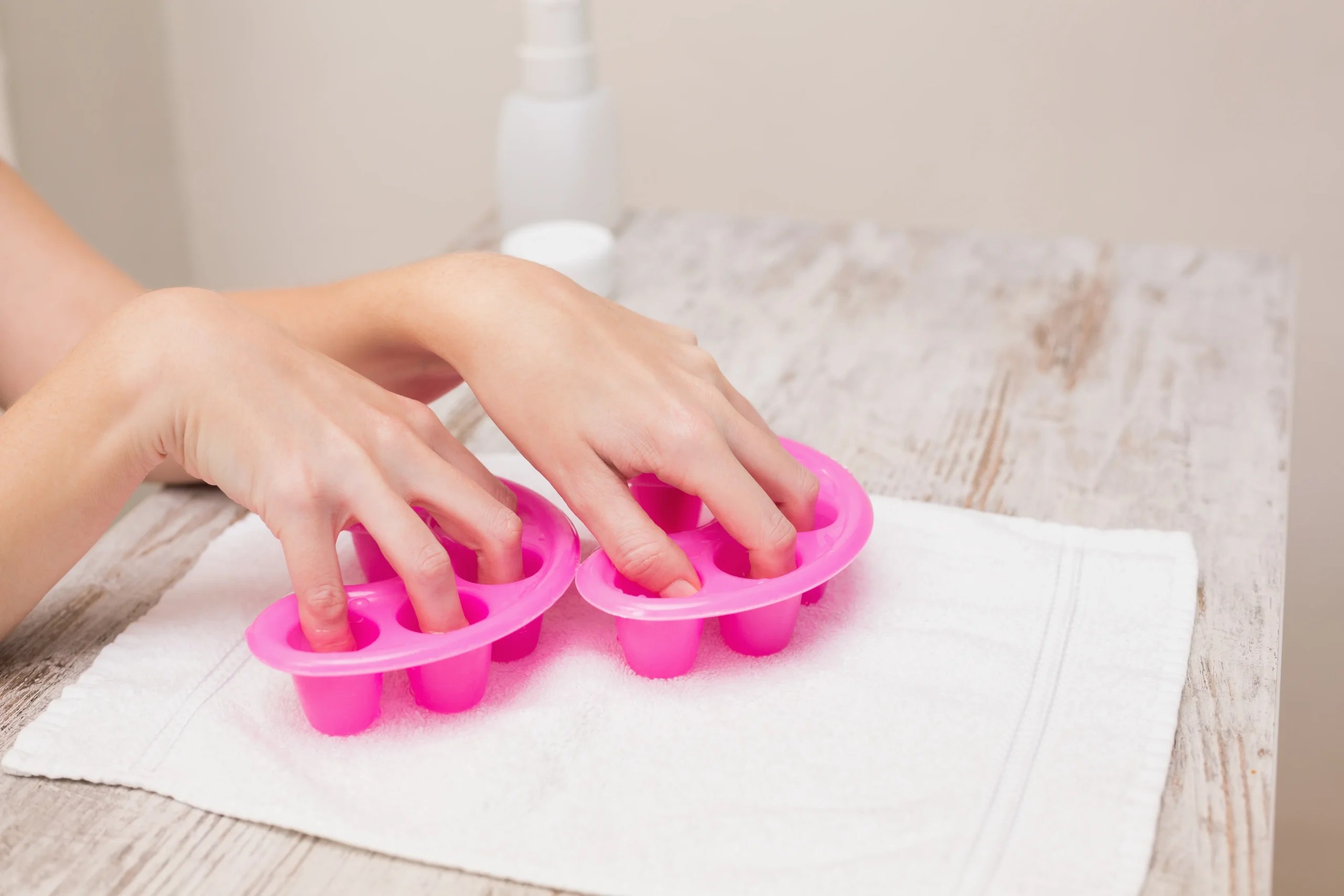
Benefits of Removing Gel Nail Polish Without Acetone
There are many benefits to using acetone-free nail polish remover. The most significant advantage is that it maintains the natural moisture of your nails. As a result, your nails are less brittle and less likely to peel. Second, it’s safe for your home’s air quality and environment. Many acetone-free products and natural nail polish removers use ingredients like olive or coconut oil to nourish your nails during removal. Best of all, there is no problem with the pungent smell of acetone. So, you want a healthy, safe, and sustainable approach. In that case, acetone-free nail polish removal methods are undoubtedly the best option.
What You Need: Tools and Materials to Safely Remove Gel Nail Polish Without Acetone
If you want to remove gel nail polish at home without acetone safely, gather the following materials:
- Soft buffer or file for rubbing nails
- Hot water
- Dishwashing soap
- Natural oil (olive oil, coconut oil, or baby oil)
- Cuticle pusher or orangewood
- Soft towel
- Lemon juice or apple cider vinegar (for soaking)
- Optional: gloves, bowl, honey
You can easily get salon-like results using these simple household ingredients correctly.
Preparation: How To Remove Gel Nail Polish at Home
Before removing, ensure your work area is clean and well-lit. Have all the necessary tools within reach and wash your hands in warm water. This will soften the nail polish and make it easier to remove naturally.
Clean Your Space and Wash Your Hands
A clean and tidy space helps maintain focus, reduces the risk of infection, and keeps equipment sterile.. Washing your hands helps remove excess oil and dirt from your skin.
Buffing The Surface of Gel Polish: An Important Step
Lightly rub the glossy top layer of gel polish using a soft nail buffer. This is very important, as it breaks the seal of the polish and allows the natural ingredients to penetrate.
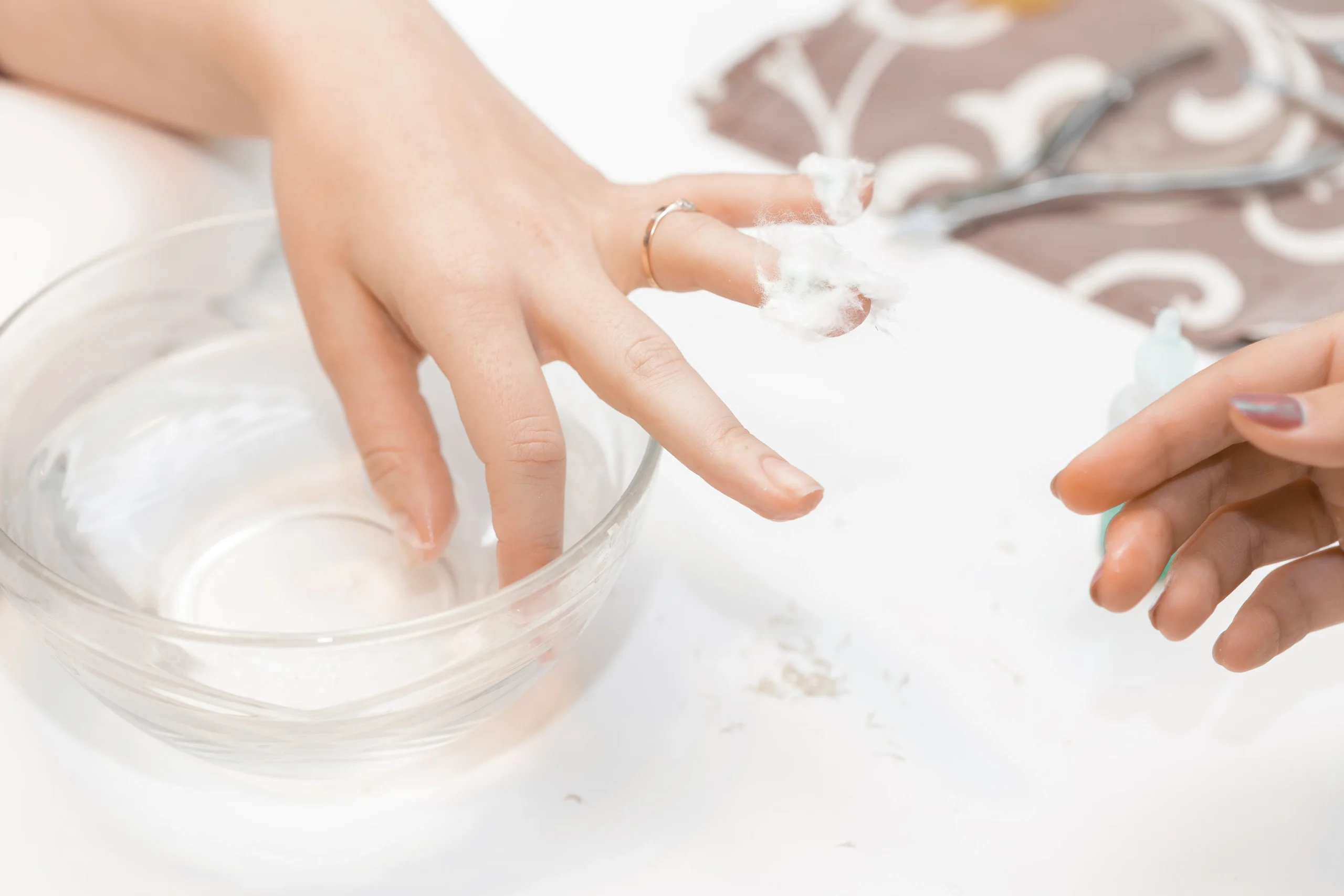
How to Remove Gel Nail Polish at Home Without Acetone: Step-by-Step
Now let’s get to the central part – learning about effective methods.
Using Hot Water and Dishwashing Soap
Mix lukewarm water and a few drops of dishwashing liquid in a bowl and soak your fingers in it for 15-20 minutes. This will soften the gel polish. Then, use a cuticle stick to lift the polish off gently.
Soak in Natural Oil (Coconut oil, Olive oil, etc.)
Natural oils weaken the bond of gel polish. Soak your nails in a warm coconut and olive oil mixture for 15-30 minutes. The polish will then come off easily.
Remove The Polish Carefully. Without Damage
If the gel polish starts to lift off the edges, use a cuticle stick to gently lift it off. Never forcefully pull. If it doesn’t lift, let the polish soak for a little longer. Forcing it off can damage the nail bed.
Homemade Nail Soak Recipe Without Acetone
Making your gel nail polish remover at home is both convenient and practical. These natural DIY mixtures help loosen the polish and nourish your nails and skin.
A Mixture of Apple Cider Vinegar and Lemon Juice
Apple cider vinegar is a mildly acidic ingredient. When mixed with lemon juice, it becomes a natural solvent that can break down gel polish. Mix equal parts vinegar and lemon juice to make a mild solution. Heat (do not boil). Soak your nails in this mixture for 10-15 minutes. Then, try to push or peel gently. Repeat if necessary.
Honey and Olive Oil Nail Treatment
This is not a remover but a nourishing soak for hardened gel polish. Mix one tablespoon of honey with two tablespoons of lukewarm olive oil. Soak your nails in this for 20 minutes. This will start to loosen the gel polish and hydrate the skin and cuticles of the nails- this is especially effective after buffing.
Tips to Reduce Nail Damage
Patience is the best weapon to remove gel nail polish without acetone. Avoid rubbing or using force. Soak slowly and for a sufficient amount of time.
Avoid using metal tools, which can cause scratches or damage to your nails. Instead, use a wooden stick or rubber-tipped pusher. Remember to buff lightly, not harshly. The goal should be to break down the top layer of polish, not your nails.
It is best to keep your nails short during this time to avoid getting caught on anything. Be sure to moisturize well with hand cream and nail oil before and after removal, as dry nails can easily crack or break.
Nail Care After Removal: Nutrition and Recovery Tips
After successfully removing gel nail polish without acetone, your nails need extra care. Start with a hydrating hand cream, followed by cuticle oil. Jojoba, vitamin E, or castor oil are great for restoring moisture and helping to heal minor wounds.
Give your nails a week to rest before applying new gel polish or harsh chemicals. During this time, focus on your diet, including foods rich in biotin, omega-3 fatty acids, and zinc, which help increase nail strength.
You can also use a nail strengthener or clear coat containing calcium and keratin, which protects and strengthens the nail while it recovers.
Alternative Products for Removing Gel Polish Without Acetone
Many reputable nail care brands are now making acetone-free gel nail polish removers, which are much safer and gentler.
- Soy-Based Remover: This remover, infused with vitamins and oils, slowly breaks down the polish and doesn’t dry out the nails.
- Non-Acetone Remover Pads: These pre-soaked pads can be used quickly and carefully.
- Gel Removal Pen: Ideal for applying to specific areas and avoiding skin contact.
Choose products that say “acetone-free,” “nourishing,” or “moisturizing.” Check the ingredients based on your skin’s sensitivity.
Expert Opinion: What Dermatologists and Nail Technicians Say
Nail health experts now recommend taking breaks between regular gel manicures and refraining from forceful or aggressive removal methods. Dermatologists say acetone can cause allergic contact dermatitis in sensitive skin. In contrast, nail technicians say buffing and oil-based methods are safer.
Dr. Dana Stern, specializing in nail disorders, advocates soaking with natural oils and light exfoliation. Many nail techs also recommend warm wraps and oil-based removers, which help remove polish slowly without causing trauma.
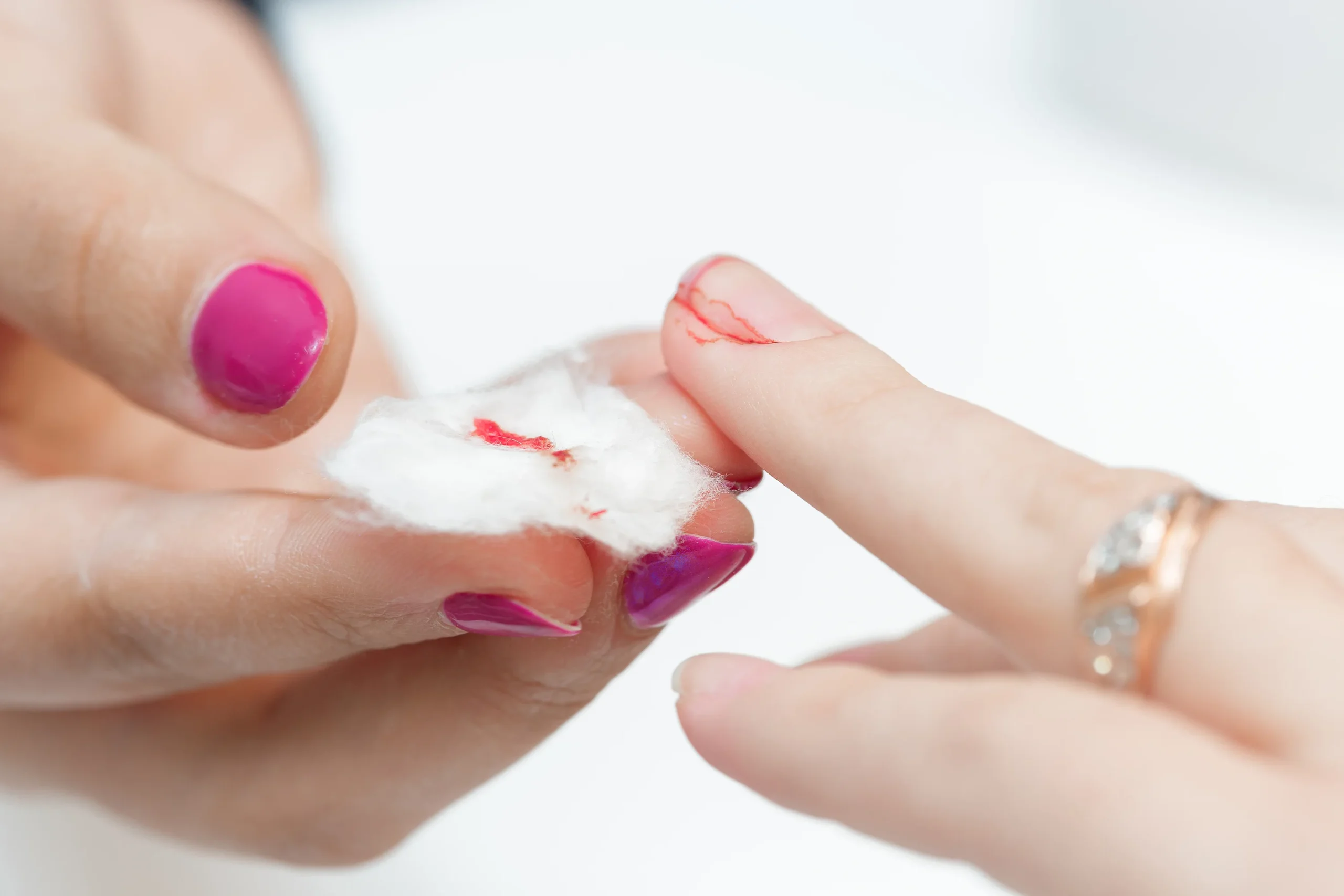
Common Mistakes to Avoid When Removing Gel Polish at Home
There are some common mistakes that many people make when removing gel nail polish at home without acetone, which can cause damage to the nails or skin. Although natural methods are much gentler, applying the wrong technique can also cause damage. Below are some mistakes that should be avoided at all costs:
1. Trying to Remove Polish Forcefully
This is one of the most damaging things to do. Sometimes, it may seem like the polish is coming off on its own, but if you force it off, you can also tear the layer of your natural nail. This makes the nails thin, weak, and brittle. Always soak the nails thoroughly first, and if the polish comes off on its own, gently remove it with a soft tool.
2. Skip The Buffing Step
It’s essential to buff the top glossy layer before applying polish. This top coat essentially acts as a seal, protecting the polish underneath and preventing water or oil-based stains from penetrating. If you skip this step, the polish won’t break down easily, and you’ll be forced to scrape or peel it off in a harmful way.
3. Using Sharp or Metal Tools
Removing polish with a metal cuticle pusher or sharp tool can cause scratches or abrasions to the nail. This damage is superficial and can lead to infection or permanent weakness. So, use a wooden (orangewood stick) or rubber-tipped tool instead.
4. Rushing The Soaking Process
It takes a little longer to remove gel nail polish without acetone. The polish will come off if you don’t give it the right time, so don’t rush it. Many people make the mistake of removing the polish before it is scorched, which damages the nails. Soak your nails in water, oil, or natural ingredients for the whole time.
5. Not Moisturizing After Removal
No matter how gentle the natural method, it’s essential to moisturize your nails after removal. If you skip this step, your nails and cuticles will become dry and more likely to break. So, use a nourishing nail oil or hand cream after nail removal.
6. Apply New Gel Polish Immediately
It’s essential to rest nails after nail removal. If you apply new polish immediately, your nails cannot recover, gradually weakening them. Take a break of at least a week and use a strengthening treatment or care coat during this time.
7. Excessive Buffing or Filling
Buffing is essential, but overdoing it can be dangerous. Many people file down the entire nail with a nail thinner. Instead, use a light-grit buffer only to break down the top coat – never go deep into the natural nail.
Avoiding these common mistakes can help you maintain your nails’ natural beauty and health. The removal process will be easier and safer. Be patient and care for yourself; your nails will look salon-like at home.
How Often Should You Remove Gel Nails Without Acetone at Home?
Ideally, it’s best not to do gel manicures one after the other. Remove the gel polish every 2-3 weeks and give your nails a rest period of at least 7-10 days to recover naturally. If you remove gel without acetone, the nail bed remains relatively healthy, which can also reduce recovery time.
However, no matter how natural, gel should not be removed more than twice a month. Excessive rubbing or processing can put stress on the nails.
Comparative Analysis: Acetone vs. Natural Methods
| Criteria | Acetone-based removal | Natural/acetone-free removal |
| Pace | Fast (10 – 15 minutes) | Slow (20 – 40 minutes) |
| Nail health | Dry, weak | Soft and nourishing |
| Skin effects | Irritation or dryness | Safe for sensitive skin |
| Environmental friendliness | Chemical-based | Natural and environmentally friendly |
| smell | Strong chemical smell | Mild or natural scent |
| cost | Cheap | Budget-friendly even in domestic ways |
Although acetone is faster, natural methods are safer and more sustainable when considering the long-term effects, especially for those who use nail polish regularly.
Get Inspired With More Makeup and Beauty Content Here
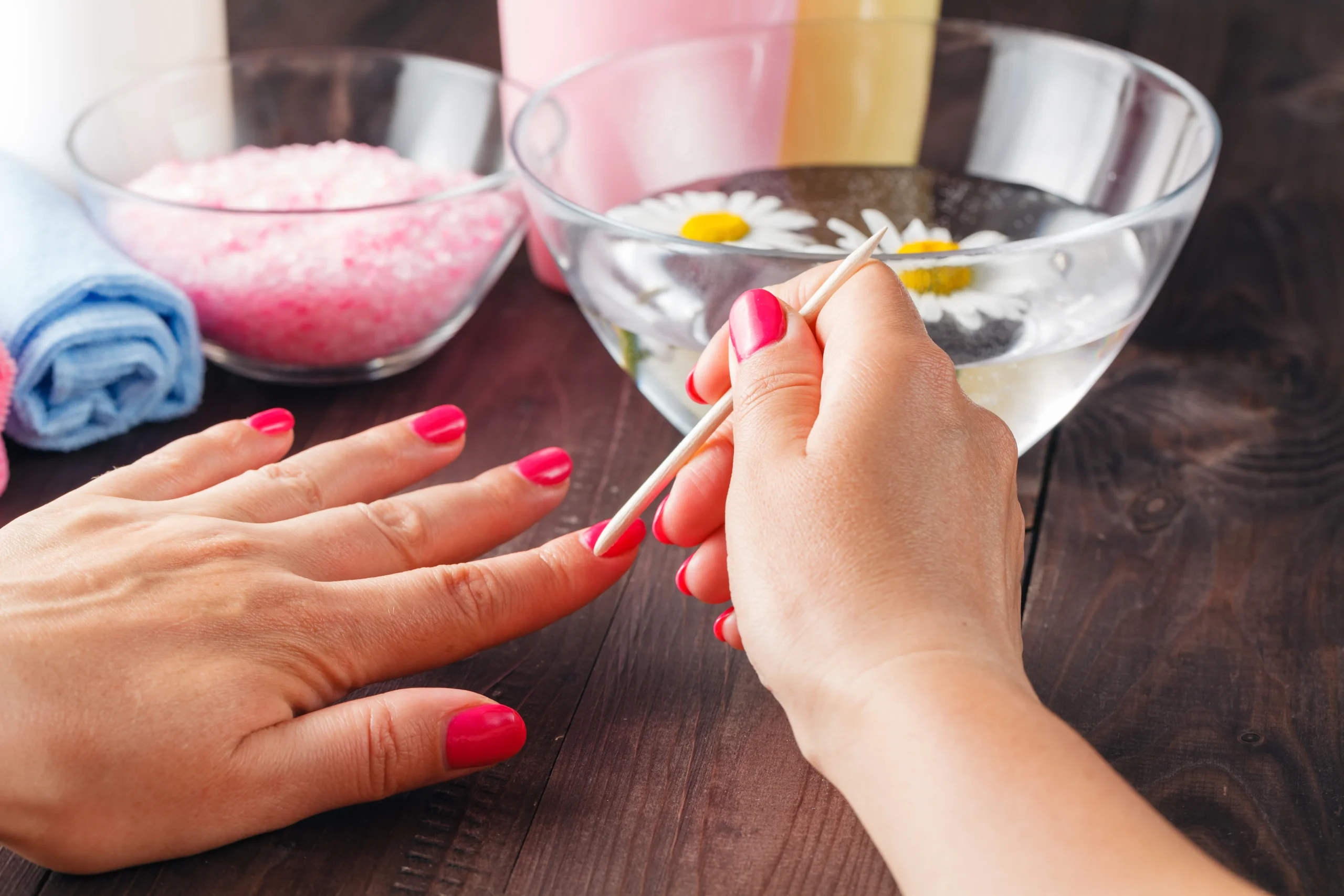
Final Thoughts: Choose Healthy Nail Care Without Acetone
The answer to the question of how to remove gel nail polish at home without acetone is clear today: not only do healthier alternatives exist, but they are also more beneficial for the long-term health of your nails. Acetone works quickly, but it comes at a steep price—dryness, irritation, and weakening of the nails over time. Regular use of acetone damages not only the nails but also the surrounding skin.
DIY methods like warm water, nourishing natural oils, apple cider vinegar, or lemon juice may require a little patience. Still, they are great for the health of your hands and nails. An acetone-free approach allows your nails to rest, recover, and grow stronger.
Remember, beautiful nails aren’t just about a shiny finish but about lasting strength, flexibility, and firm structure. With the right tools, care, and patience, you can enjoy salon-quality nail care at home without compromising your health or comfort.
So next time you go for a gel manicure, opt for natural and gentle alternatives over chemical products. Your nails will tank you – and so will your future self.

